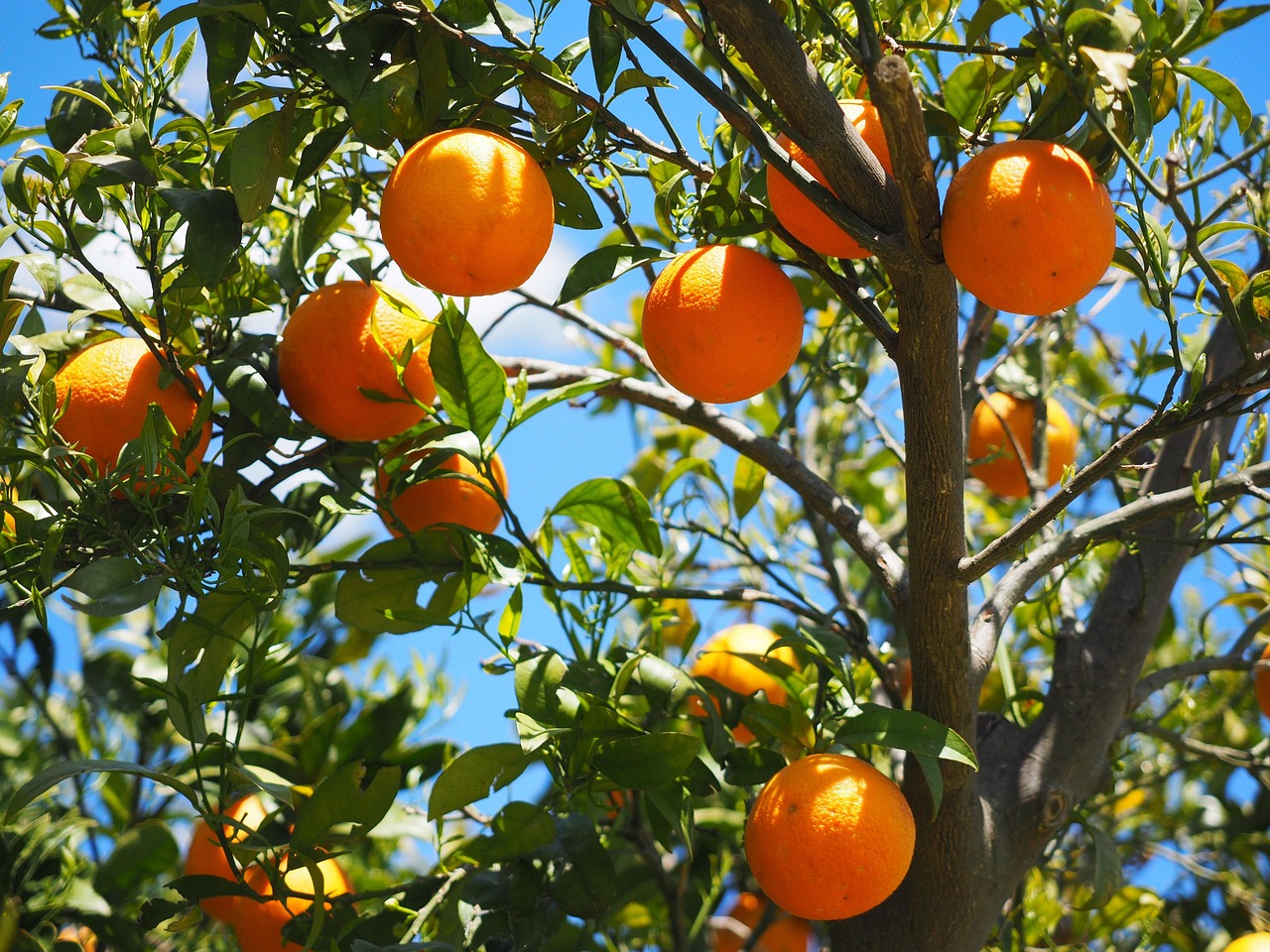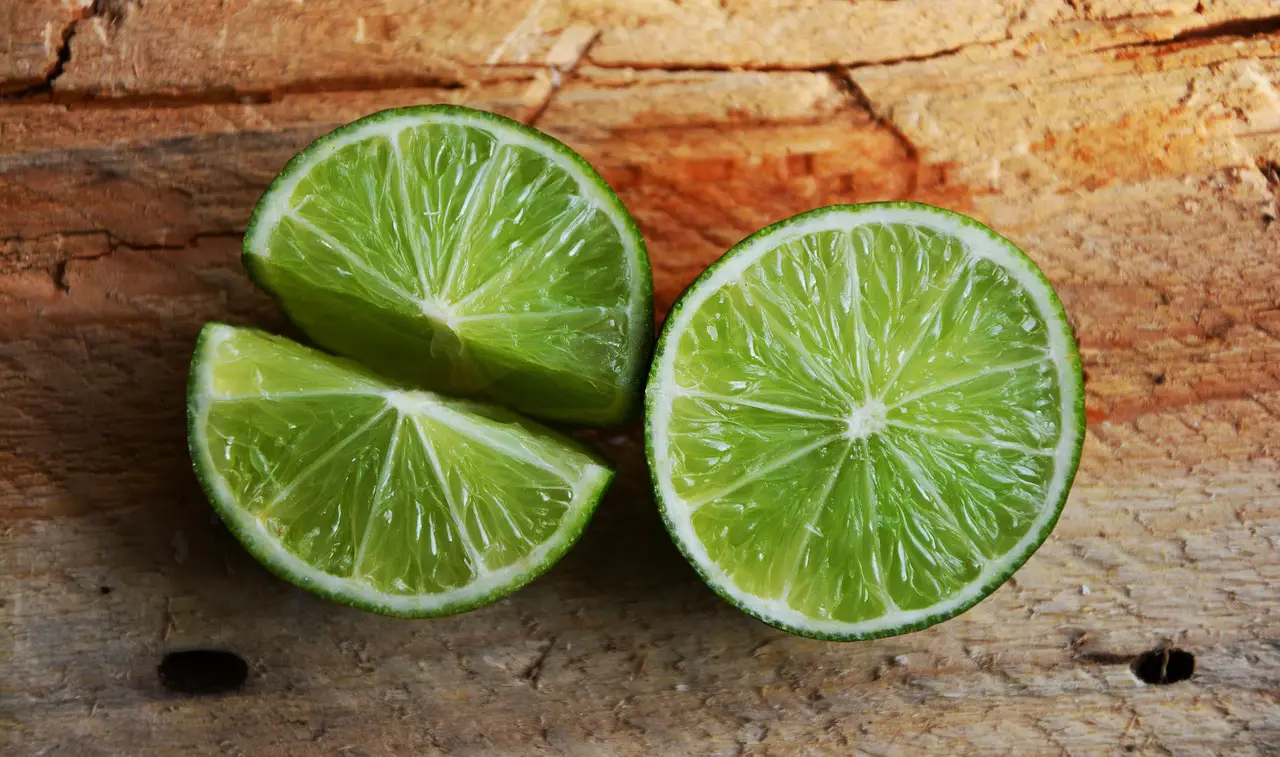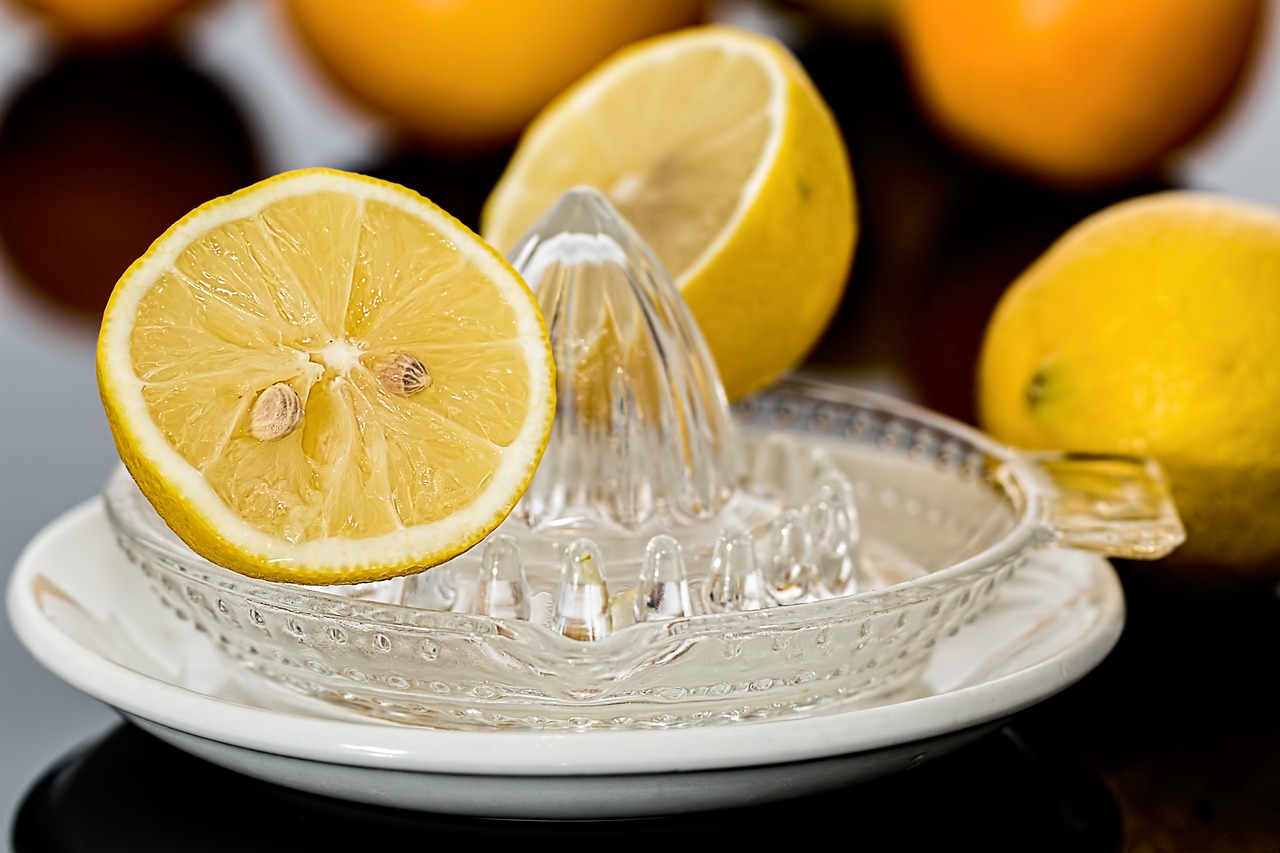Pruning citrus trees enhances pollination by improving air circulation, allowing more sunlight to reach the inner branches, and encouraging healthy growth. This results in a more abundant flower set, leading to better fruit production.
Citrus trees are popular among home gardeners and commercial growers alike due to their fragrant blossoms and delicious fruit. However, to achieve optimal growth and fruit yield, it is essential to understand the importance of proper pruning techniques. Pruning not only shapes the tree but also plays a vital role in its health and productivity. One key benefit of pruning is the improvement of pollination, which directly affects fruit set and quality.

In the world of horticulture, pollination is crucial for the development of fruit. Citrus trees rely on both wind and insect pollinators, such as bees, to transfer pollen from flowers to facilitate fertilization. By pruning trees effectively, gardeners can create an environment that attracts these beneficial pollinators and supports their activities.
Understanding Citrus Tree Growth
Citrus trees typically grow in a bushy form with dense foliage. This natural growth pattern can sometimes hinder airflow and light penetration. Dense canopies can trap moisture, increasing the risk of fungal diseases. Therefore, strategic pruning is essential for maintaining a healthy tree structure.
When pruning citrus trees, it is important to recognize the different types of growth that occur throughout the year. Citrus trees generally experience two primary growth phases: vegetative growth and flowering/fruiting. Understanding these phases helps in determining when and how much to prune.

- Vegetative Growth: This phase occurs primarily in the spring and summer months. During this time, the tree produces new leaves and branches.
- Flowering/Fruiting: Citrus trees typically bloom in late winter to early spring. Proper pruning before this phase encourages better flower development.
Moreover, good pruning practices can enhance the tree’s overall vitality. A well-pruned tree will develop stronger branches that are better able to support the weight of fruit. Additionally, improved airflow reduces humidity levels within the canopy, which is beneficial for preventing disease.
Timing Your Pruning
The timing of pruning is critical for maximizing the benefits of improved pollination. The best time to prune citrus trees is generally during their dormant season, which varies by region but typically occurs in late winter or early spring before new growth begins. Pruning during this time reduces stress on the tree and promotes a healthy flowering cycle.
Certain factors can affect timing, including local climate conditions and specific citrus varieties. Understanding these variables can enhance your pruning strategy. Below is a table that outlines common citrus varieties and their optimal pruning times:

| Citrus Variety | Optimal Pruning Time |
|---|---|
| Orange | Late winter to early spring |
| Lemon | Early spring |
| Lime | Late winter |
| Grapefruit | Late winter |
Pruning Techniques for Better Pollination
Adopting effective pruning techniques is essential for improving pollination in citrus trees. Here are some key methods that can be employed:
- Thinning: Remove excess branches to open up the canopy. This allows more light to filter through and improves airflow.
- Shaping: Shape the tree into an open-center design or a modified leader system to facilitate better access for pollinators.
- Removing Dead or Diseased Wood: Regularly inspect and prune away any dead or diseased branches to promote overall tree health.
By focusing on these techniques during the appropriate seasons, gardeners can enhance their citrus trees’ ability to attract pollinators. Healthy, well-pruned trees are more likely to produce abundant flowers, leading to higher fruit yields.
In addition to pruning, consider companion planting nearby flowering plants that attract bees and other pollinators. This practice can further support your citrus trees’ pollination process and contribute to a thriving garden ecosystem.

Common Mistakes in Pruning Citrus Trees
While pruning citrus trees can greatly enhance pollination and fruit yield, many gardeners make common mistakes that can hinder tree health and productivity. Recognizing and avoiding these pitfalls is essential for successful pruning. Below are some frequent errors to watch for:
- Pruning at the Wrong Time: Pruning during the wrong season can result in damage to the tree. Avoid pruning during the fall, as this can stimulate new growth that may not survive winter.
- Over-Pruning: Removing too much foliage can stress the tree. It is crucial to maintain a balanced approach when thinning branches.
- Neglecting Tools: Using dull or dirty tools can harm the tree and introduce diseases. Always use clean, sharp pruning shears.
- Ignoring Tree Structure: Failing to consider the natural shape of the tree can lead to uneven growth. Prune with the goal of maintaining a balanced canopy.
Essential Pruning Tools
Having the right tools is vital for effective pruning of citrus trees. The following tools are commonly recommended for this task:
- Hand Pruners: Ideal for small branches and precise cuts.
- Loppers: Useful for cutting thicker branches that are out of reach.
- Pruning Saw: Necessary for larger branches that require more power.
- Gloves: Protect your hands while working with thorny branches.
- Bypass Pruners: These are preferred over anvil pruners, as they create cleaner cuts.
Investing in high-quality tools will make the pruning process smoother and more efficient. Regular maintenance of these tools will also ensure they remain effective for many years.
Signs Your Citrus Tree Needs Pruning
Citrus trees often exhibit specific signs that indicate they require pruning. Recognizing these signs early can help maintain the health of your tree. Some common indicators include:
- Excessive Crowding: If branches are tightly packed, airflow is restricted, leading to potential disease issues.
- Poor Growth: If your tree is not producing new growth or flowers, it may need thinning to encourage healthy development.
- Dead or Diseased Branches: These should be removed immediately to prevent the spread of disease.
- Weak or Broken Branches: Branches that cannot support fruit should be pruned to ensure overall tree strength.
The Role of Pollinators in Citrus Tree Health
Pollinators play a critical role in the successful fruiting of citrus trees. Understanding their importance can help gardeners create an environment that supports these beneficial insects. Here are key points about pollinators:
- Biodiversity: A diverse range of flowering plants nearby can attract various pollinators, such as bees and butterflies, enhancing pollination rates in citrus trees.
- Pollen Transfer: Pollinators assist in transferring pollen between flowers, which is vital for fruit set in citrus trees.
- Sustaining Ecosystems: Healthy pollinator populations contribute to balanced ecosystems, which benefit all plants, including citrus.
Companion Planting with Citrus Trees
Companion planting involves growing different plants in proximity to benefit each other. When it comes to citrus trees, certain companion plants can enhance pollination and overall health. Here are some effective companions:
- Borage: This flowering herb attracts bees and improves soil health.
- Nasturtium: These colorful flowers deter pests while attracting beneficial insects.
- Marigolds: Known for their pest-repelling properties, marigolds also attract pollinators.
Incorporating these plants around citrus trees not only supports pollination but also creates a vibrant garden ecosystem. The combination of diverse flora will encourage beneficial insect activity, further improving fruit production.
Maintaining Tree Health Post-Pruning
After pruning, it is important to maintain the health of your citrus trees. Proper care can help them recover quickly and thrive. Here are some practices to consider:
- Watering: Ensure that your tree receives adequate water, especially during dry spells following pruning.
- Nutrient Management: Apply a balanced fertilizer to support new growth and recovery after pruning.
- Pest Monitoring: Regularly check for pests or diseases that may affect your tree’s health post-pruning.
By following these guidelines, gardeners can cultivate healthy citrus trees that yield plentiful fruit and attract beneficial pollinators effectively.
Pest and Disease Management for Citrus Trees
Maintaining the health of citrus trees involves not only proper pruning and care but also effective pest and disease management. Various pests and diseases can affect citrus trees, leading to reduced yields and poor fruit quality. Identifying potential threats early can help gardeners take appropriate action to protect their trees.
Common Pests Affecting Citrus Trees
Several pests are known to target citrus trees. Understanding these pests, their signs, and control methods is essential for maintaining tree health:
- Spider Mites: These tiny pests cause stippling on leaves and can lead to leaf drop. Regularly inspect leaves for webbing and apply miticides if necessary.
- Aphids: Aphids suck sap from new growth, resulting in curled or yellowed leaves. Introduce natural predators like ladybugs or use insecticidal soap for control.
- Whiteflies: Similar to aphids, whiteflies feed on sap and can cause yellowing leaves. Yellow sticky traps can help monitor their populations.
- Citrus Leafminer: This pest creates winding trails in leaves. Prune affected leaves and consider applying a systemic insecticide if infestations are severe.
Common Diseases Impacting Citrus Trees
Disease management is equally important. Some common diseases that affect citrus trees include:
- Citrus Greening (Huanglongbing): This bacterial disease leads to yellowing leaves and misshapen fruit. There is no cure, so it is crucial to manage pests that spread this disease.
- Root Rot: Caused by overwatering or poor drainage, root rot leads to wilting and yellowing foliage. Ensure proper watering practices to prevent this issue.
- Powdery Mildew: This fungal disease appears as a white powdery coating on leaves. Improve air circulation through pruning and apply fungicides if necessary.
Best Practices for Pest and Disease Prevention
Implementing preventive measures can significantly reduce the risk of pest and disease problems in citrus trees. Consider the following best practices:
- Regular Monitoring: Frequently check your citrus trees for any signs of pests or diseases. Early detection is key to effective management.
- Maintain Soil Health: Healthy soil promotes strong trees. Conduct soil tests to determine nutrient levels and amend as needed.
- Water Management: Avoid excessive watering, which increases the risk of root rot. Water deeply but infrequently to encourage strong root growth.
- Sanitation: Remove fallen leaves and debris around the base of the tree to reduce overwintering sites for pests.
Fertilization Techniques for Citrus Trees
Proper fertilization is critical for supporting healthy growth in citrus trees, especially after pruning. The right nutrients enhance flowering and fruit production while helping the tree recover from the stresses of pruning.
Types of Fertilizers
Choosing the appropriate fertilizer is vital for citrus tree health. Common types include:
- Granular Fertilizers: Slow-release granular fertilizers provide nutrients over time, making them a convenient option for citrus trees.
- Liquid Fertilizers: These can be applied directly to the soil or as foliar sprays. They offer quick nutrient absorption, ideal for addressing immediate deficiencies.
- Organic Options: Compost or well-rotted manure can improve soil fertility naturally while promoting beneficial microbial activity.
Nutrient Requirements
Citrus trees require specific nutrients to thrive. Key nutrients include:
- Nitrogen: Essential for leaf growth and overall vigor; apply nitrogen-rich fertilizers during the active growing season.
- Phosphorus: Important for root development and flowering; ensure adequate phosphorus levels in the soil.
- Potassium: Supports fruit quality and disease resistance; potassium should be included in your fertilization plan.
When and How to Fertilize Citrus Trees
The timing and method of fertilization can greatly influence the effectiveness of nutrient uptake. Here are some guidelines:
- Timing: Fertilize in early spring just before new growth begins. A second application can be made in late summer to support fruit development.
- Application Method: For granular fertilizers, spread them evenly around the tree’s drip line, avoiding direct contact with the trunk. Water thoroughly after application.
- Foliar Feeding: For liquid fertilizers, apply during cooler parts of the day to minimize evaporation and enhance absorption.
By integrating effective pest and disease management practices along with proper fertilization techniques, gardeners will set their citrus trees up for success, promoting robust growth and abundant fruit production throughout the growing season.
Maximizing Pollination through Environmental Enhancements
In addition to pruning and fertilization, creating an environment that supports pollination can significantly enhance the productivity of citrus trees. Several strategies can be implemented to attract more pollinators and improve overall tree health.
Creating a Pollinator-Friendly Garden
Designing a garden that attracts pollinators involves selecting the right plants and structuring the landscape to provide ample resources for bees, butterflies, and other beneficial insects. Here are some tips:
- Diverse Plant Selection: Incorporate a variety of flowering plants that bloom at different times throughout the growing season. This ensures a continuous food source for pollinators.
- Nectar-Rich Flowers: Choose plants with abundant nectar. Examples include lavender, sunflowers, and wildflowers that are known to attract bees and butterflies.
- Native Plants: Utilize native species that are adapted to local conditions. These plants typically attract local pollinators more effectively than non-native varieties.
Furthermore, maintaining areas of natural habitat, such as meadows or wildflower patches, can also support pollinator populations. Avoiding the use of pesticides in these areas is crucial, as chemicals can harm beneficial insects.
Water Sources for Pollinators
Providing water sources can help create a welcoming environment for pollinators. Simple features such as shallow dishes filled with water or small birdbaths with stones for landing can attract bees and other insects looking for hydration.
Seasonal Care for Citrus Trees
Caring for citrus trees is not limited to pruning and fertilization. Seasonal care routines are essential for maintaining tree health throughout the year. Here are some seasonal practices to consider:
- Spring: Focus on pruning, fertilization, and pest monitoring as new growth begins. This is also a good time to plant companion plants that attract pollinators.
- Summer: Regularly check for pests and ensure adequate watering during hot months. Apply mulch around the base to retain moisture and suppress weeds.
- Fall: Monitor for any signs of disease or pests. Reduce watering as temperatures cool and prepare the trees for winter dormancy by cleaning up fallen leaves and debris.
- Winter: Protect trees from frost by wrapping trunks or covering with frost cloth if necessary. This is also the time to plan for spring pruning and fertilization.
Understanding Citrus Tree Varieties
Diverse citrus tree varieties offer different flavors, sizes, and growth habits. Understanding these differences can help you choose the best options for your garden while also considering their specific care requirements. Here’s a brief overview of popular citrus varieties:
| Citrus Variety | Description | Best Uses |
|---|---|---|
| Valencia Orange | A sweet, juicy orange with a few seeds; popular for juicing. | Fresh eating and juice production. |
| Eureka Lemon | A common lemon variety known for its tart flavor and year-round fruiting. | Culinary uses, beverages, and garnishes. |
| Navel Orange | A sweet orange variety with a thick skin; easy to peel. | Fresh eating and snacks. |
| Lime (Persian) | A larger lime variety known for its mild flavor; used in many dishes. | Cocktails, dressings, and marinades. |
Choosing the right variety based on your climate, intended use, and personal preference will help ensure success in your citrus gardening efforts.
Final Thoughts
Pruning citrus trees effectively is essential for enhancing pollination and ensuring fruitful harvests. A comprehensive approach that includes proper pruning, pest management, fertilization, and creating a supportive environment for pollinators will result in healthier trees and better yields. Seasonal care routines tailored to the needs of your specific citrus varieties will further contribute to long-term success in your garden.
By remaining vigilant and proactive in caring for your citrus trees, you can enjoy the beauty of their blossoms and the reward of their fruit year after year. Whether you are a seasoned gardener or a beginner, following these guidelines will help you cultivate a thriving citrus garden that benefits both you and the pollinators that play such a vital role in its success.
